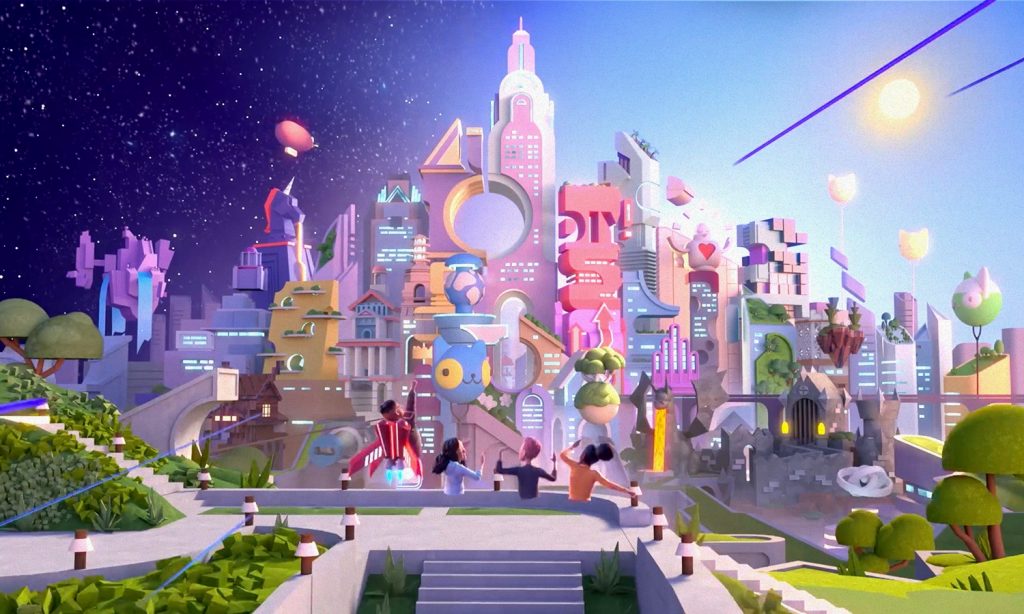Facebook, er, Meta’s first version of its VR-based software, “Horizon Worlds,” feels more like a rough draft. The platform shows incredible potential with sandbox tools for users to create VR experiences like hangout spaces, games and immersive art. But in actual reality, Horizon Worlds is riddled with technical bugs. Plus, its relative shortage (at present) of either creators or users makes the overall experience dispiritingly meh(-ta). Lol. Matthew Ball’s metaverse primer defines the metaverse as “a network of interconnected experiences and applications, devices and products, tools and infrastructure.” Translation: Meta can’t own the metaverse, and they can’t own the only software that builds it. But hey, that hasn’t stopped them from trying... It’s best to think of Horizon Worlds as a prototype. And as such, it highlights problems that future experience-building VR platforms will have to solve. What’s it like in Horizon Worlds? After donning your VR headset and loading up the application, you enter the Horizon Worlds Plaza, an outdoor hub where users — in the form of legless human avatars — hover around, chatting or exploring the experiences accessible in the Plaza itself or through the menu. The Plaza is a space built by Meta, but the experiences...



